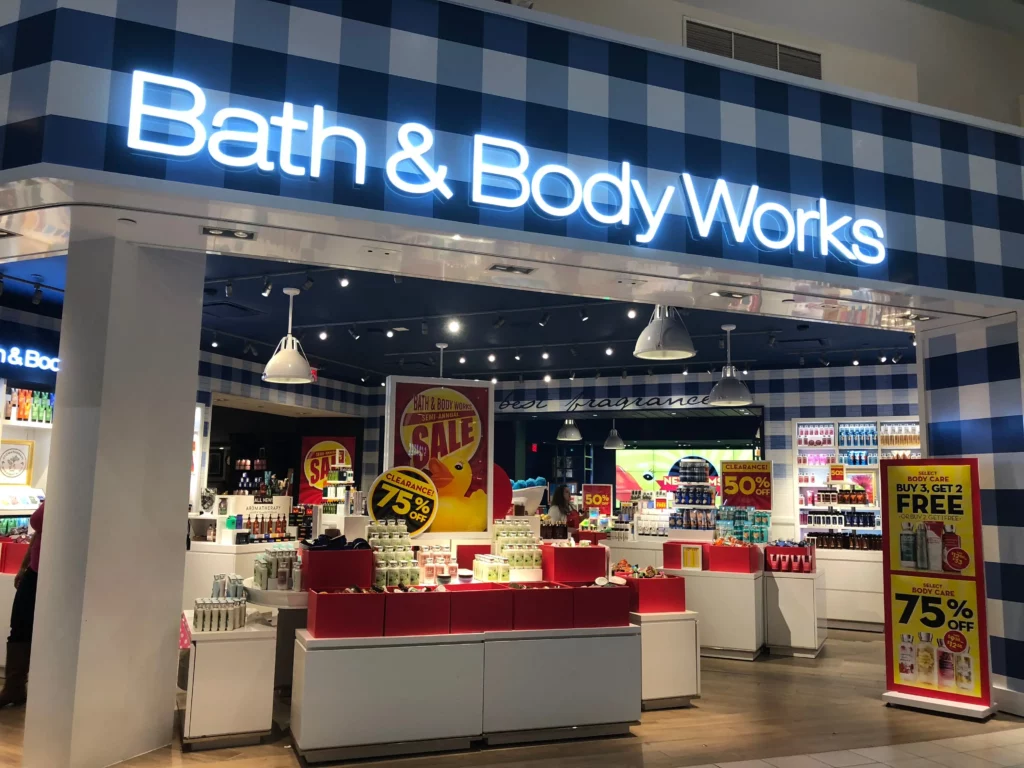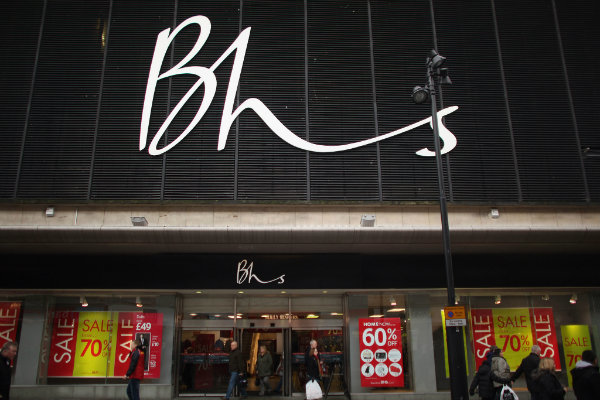The Institute of Customer Service, the UK‘s customer service professional body, released its 2015 UK Customer Satisfaction Index yesterday afternoon, examining customer satisfaction levels across 13 sectors, including retail. The analysis of 40,000 individual customer experiences reveals the true state of customer satisfaction in the UK:
Customer satisfaction is at a five year low: Customer satisfaction, as measured by the UKCSI at the national level, is now lower than at any point since July 2010, suggesting that organisations in the UK are not keeping up with customers‘ increasing expectations of service
Utilities and banks have increased customer satisfaction: Only two sectors have improved customer satisfaction – utilities and banks and building societies, which saw satisfaction levels rise by 1.9 and 0.3 points
Younger consumers have higher expectations: Younger people are considerably less satisfied as customers, underlining the importance of understanding the needs and satisfaction levels of different customer groups.
Poor customer service impacts market share: For the sixth consecutive period, leading food retailers with a UKCSI score above the Retail Food sector average have grown their combined market share, while the below average competitors in the sector have lost market share.
Service drives customer engagement, trust and loyalty: Highly satisfied customers are significantly more likely than less satisfied customers to make a recommendation, remain as customers and feel a sense of trust towards the organisation.
Andreas Pouros, COO of digital agency Greenlight, comments on the reports findings:
“The news that customer satisfaction has dropped to its lowest level since 2010 will be creating shudders among businesses everywhere. As organisations consider how to deliver customer service that meets the demands of a cross-channel generation, it will be important to develop the infrastructure needed to ensure that the customer experience is the very best it can be.
Businesses need to ensure that consumers can access help quickly and easily and get the support they need through the channel of their choosing. For example, responding to a customer‘s enquiry on Twitter by asking them to call a number is not good service, and neither is requiring customers to pick up the phone to report a lost or stolen card when they may find doing this more convenient online.
The “Google it” generation have no qualms in looking online for customer service, but businesses need to make sure that common questions are optimised for search engines, websites, mobile or app services in order to maintain a truly authentic customer experience. When customers expect in-depth support and access to expert advisers, real-time difficulties in connecting with a brand won‘t cut it.”















